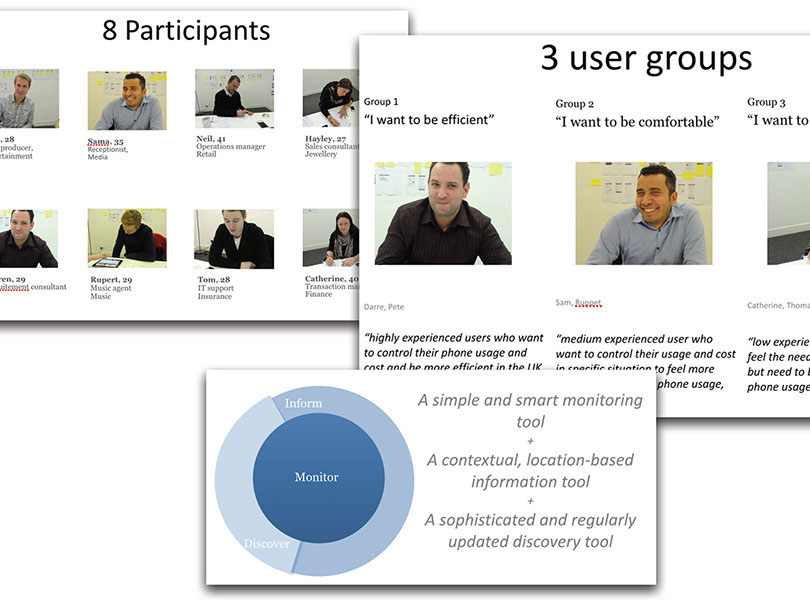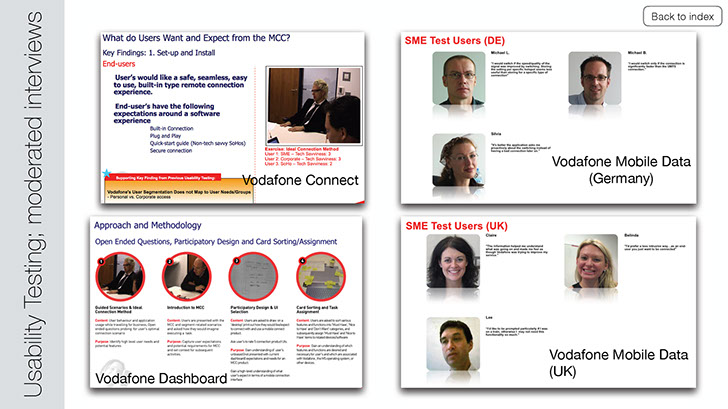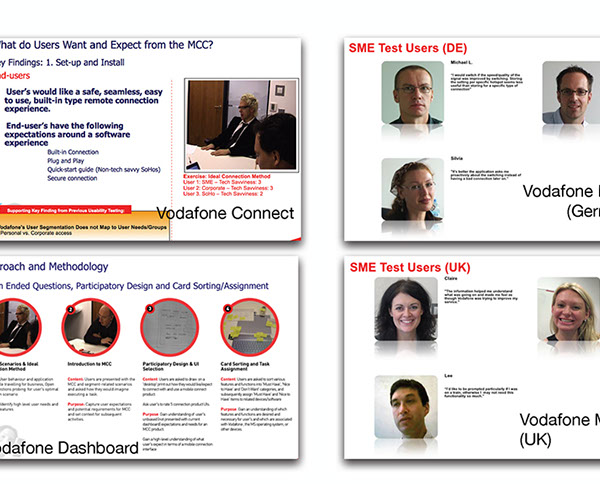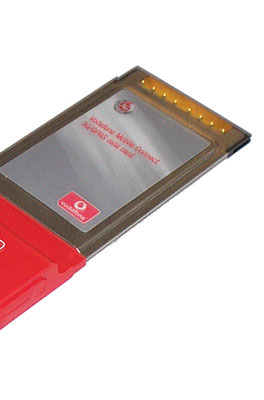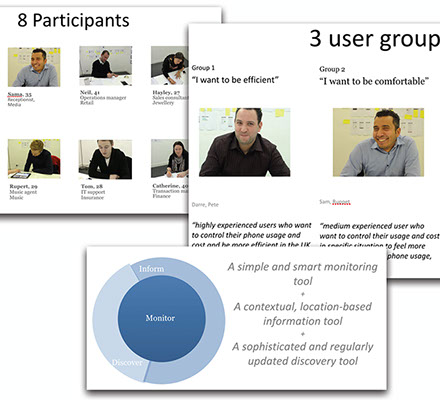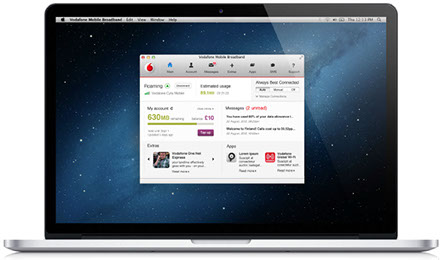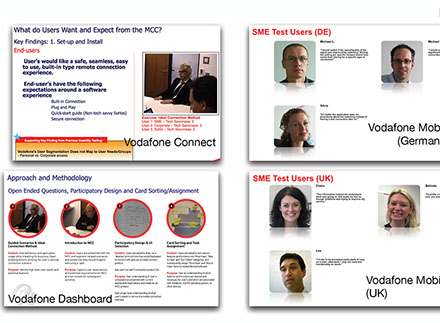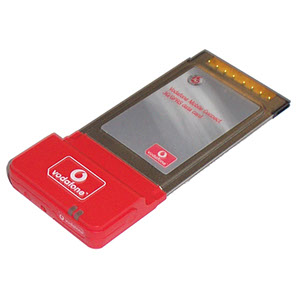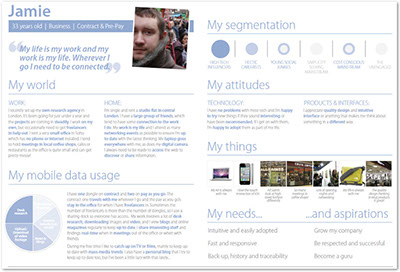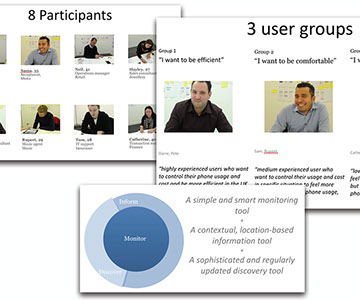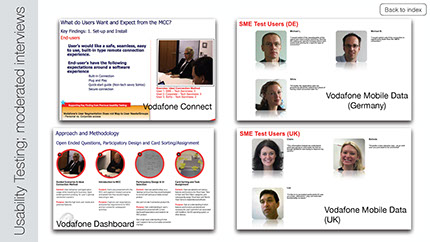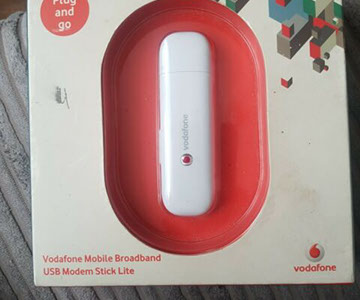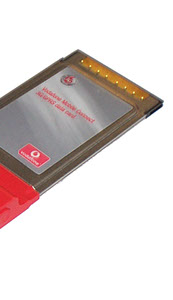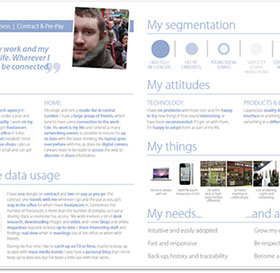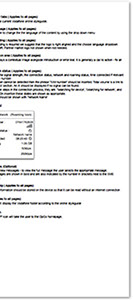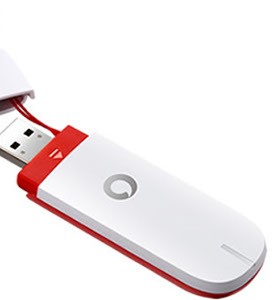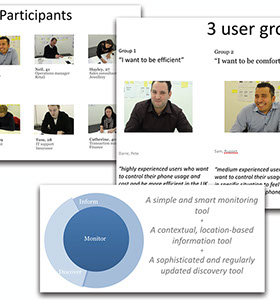ROLE: LEAD PRODUCT / UX DESIGNER
DESIGN PHASES: DISCOVER + DEFINE + DEVELOP
COMPLETED: JUNE 2004
CLIENT: VODAFONE
PLATFORM: PC / MOBILE
DESIGN TOOLS: ADOBE CC, VISIO
PROTOTYPING: OMNIGRAFFLE
VISUAL DESIGN: ADOBE PHOTOSHOP
VODAFONE QUICK CONNECT USB DONGLE
In a continual strive for improvement in user experience I was the product manager & UX lead on the development of Vodafone Quickstart. Its purpose was to take Mobile Broadband connectivity to mass market adoption by creating a completely new device experience.
In order to take an early adopter business product to a mass market consumer product required understanding the target customer, their needs, behaviors, aspirations, and attitudes. This involved getting out of the building and speaking to hundreds of different customers, collecting both qualitative and quantitative data, synthesizing this data into useful insights and creating different persona types that represented the target customers. From this we could establish what were the must-be features that the product would need to have, the necessary performance features, and what features would delight and engage customers.
From the research a key outcome of the design would be that it needed to be simple and 'as easy as using a WiFi connection'. Consumers, unlike early adopters, would be put off in having to first install software and drivers from a CD, before inserting any hardware or risk the system not working. They were also not tolerant of lengthy setup and connection times. A big challenge for the design was to make the connection process as simple as possible. This involved a radical and innovative approach conceived by several rounds of creative workshops and design sprints where participants were encouraged to think outside the box and explore what-if scenarios. These scenarios where then turned into quick prototypes and tested with users to measure their response.
Other issues were surfaced on the bulky design, and lack of visibility of the connection and how much data was being used. Solving these key problems would require a complete re-think of the device from industrial design, firmware, and software application.
Following the concept exploration we had an initial set of requirements and design for the hardware for a small USB device that could easily be carried or hung on key-chain, and where all the software needed to make the connection would run on the device itself.
As soon as we had the first working prototype we setup series of collaborative design sessions with target users to get there feedback on the prototype and to help inform us on what we need to do to ensure the product was a success. The feedback high-lighted areas that we needed to improve the connection time, which still lagged significantly behind WiFi connection speeds, and having a dashboard interface that would help them understand and manage their connectivity to avoid any bill shock with roaming charges. It also identified an attractive feature where if we would also manage the WiFi connection and seamlessly switch between preferred hot-spots to the mobile connection and visa-versa this would help users be more efficient and make more use of the mobile device.
The solution utilised the new USB port now available on most laptops, and have the connection being handled directly from the hardware dongle, such that as soon as the user inserted the device into a computer USB port it automatically begins to search for a preferred network and establish a connection. The other innovation was to have the software application loaded into RAM of the device, such that it would auto install the first time the device was plugged into the computer. This means no separate software install from CD and as soon as the OS is able to detect the device a connection is already established and the user can continue without any further interaction. This innovation cut the user connection time from over 60s to under 10s, and brought Mobile data into the same customer experience paradigm as WiFi hotspot connectivity.
As this was going to be a step change in the adoption of mobile broadband and in order to ensure that we would exceed customer expectations we undertook a comprehensive series of usability testing, and pilots. This involved testing in the local language of the key countries where the product would first be introduced, and include wide range of participants from business users to heavy consumer users to light consumer users. The testing would also include response to new product proposition models for mobile data usage, and which include the first pay-as-you-go mobile broadband tariff. The testing covered the complete end-to-end experience from out of box, first use, to regular use and getting support. We also ran some pilot testing where consumers had early versions of the product for a month and provided diary studied of their experience using the product
In parallel to the hardware design I also lead a software team developing a companion Mobile Connect application that would not only help customers track their mobile data usage, but also set thresholds, manage their account, and include the innovative feature 'Always best Connected' which enabled the user to set their priorities for the connection between mobile <> preferred WiFi hotspots <> public Wifi and the application would seamlessly handle moving the connection to that preference when it became available.
Fast forward 12 months to 2008 and Vodafone was the first to launch a mobile broadband USB dongle solution, with 'plug and go' connection technology to make the process of using mobile data as easy as connecting to WiFi with the added benefit of security and tracking. with the Mobile Connect Application users could manage their usage and connection preferences. This has led to a step change in behavior with business and consumers able to connect to the Internet for work, communication, and entertainment anywhere, anyplace and anytime - paving the way to the wider adoption of mobile data which would only be supplanted 3-4 years later with the introduction of the smartphone offering the ability of using this device as the mechanism for laptop computers to connect to the Internet. At the height of the product lifecycle it had been launched in over 55 countries with +80m users and generating in excess of €5.5bn revenue (20% of the Vodafone total ARPU)
GALLERY
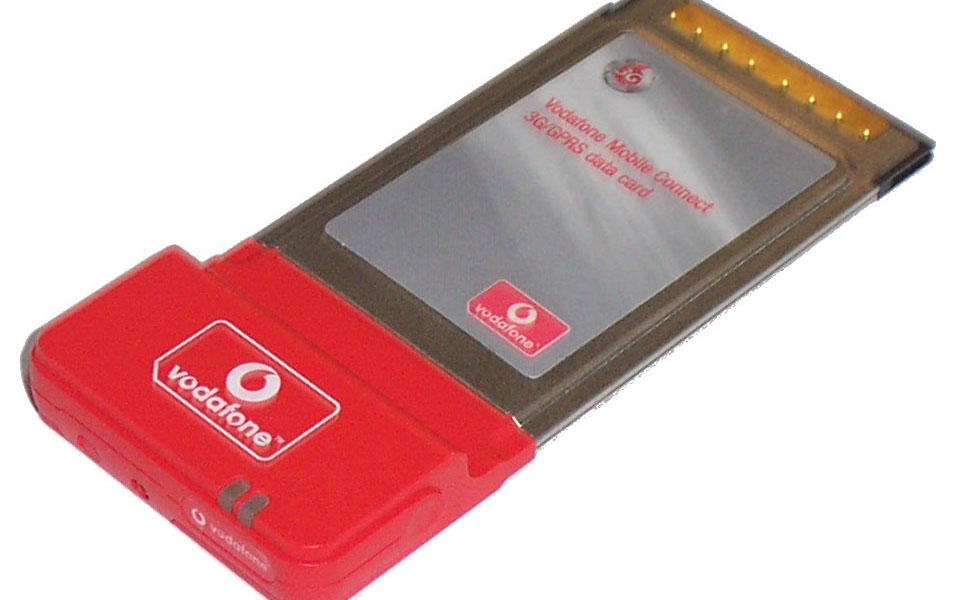
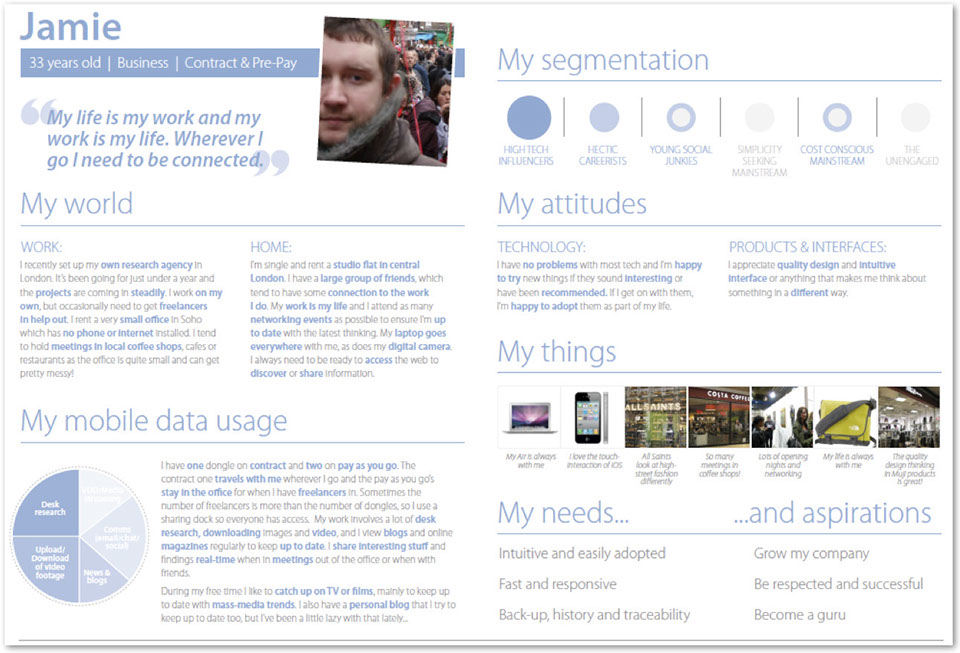
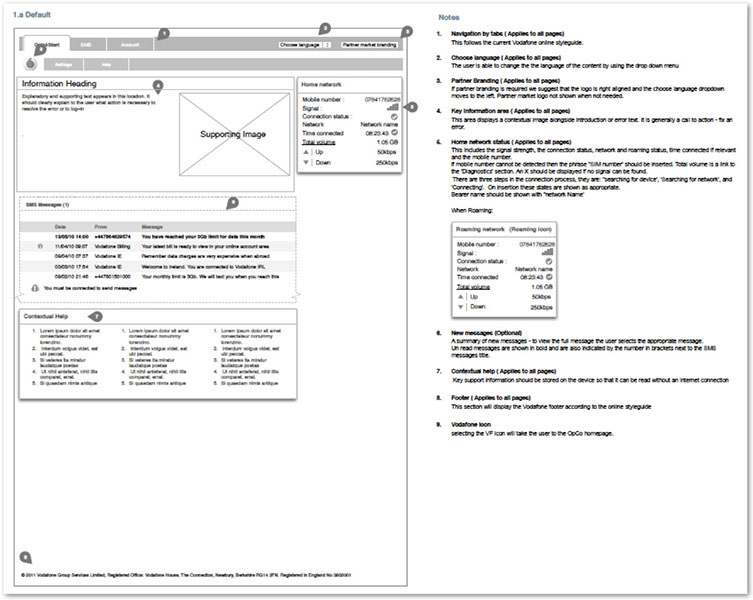
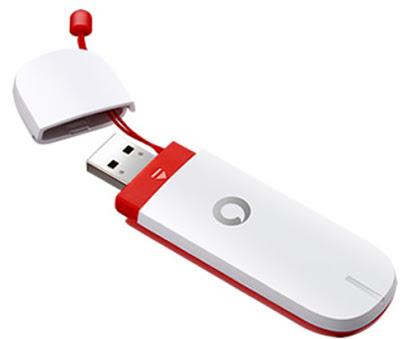

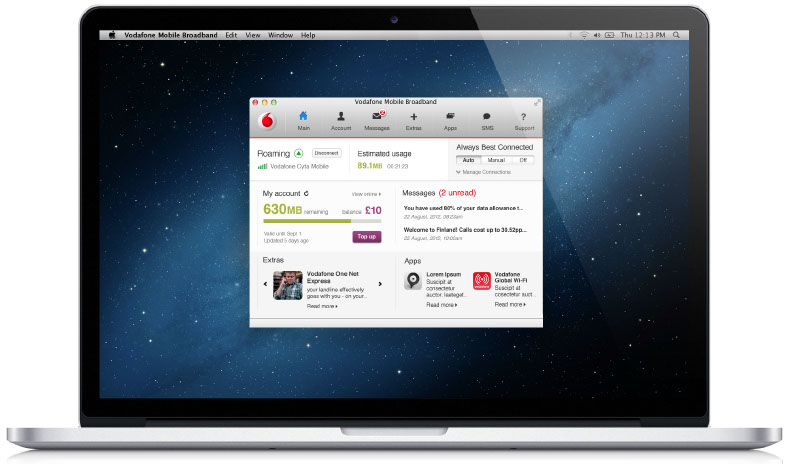
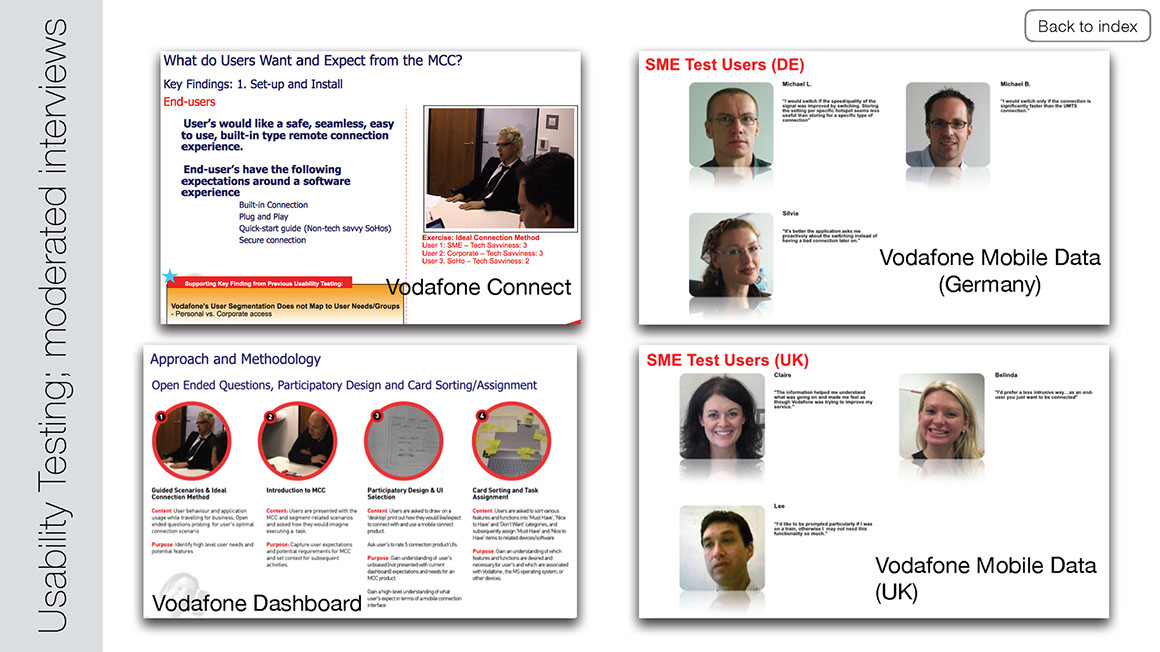

<
>
Mobile Broadband circa 2006
Understanding the customer.
Making Complex ideas simple
Hardware Design
Collaborative Design
Software Design
Testing, testing, and more testing
Mobile Connect USB Dongle
–








